World transport: Vertical Lisbon
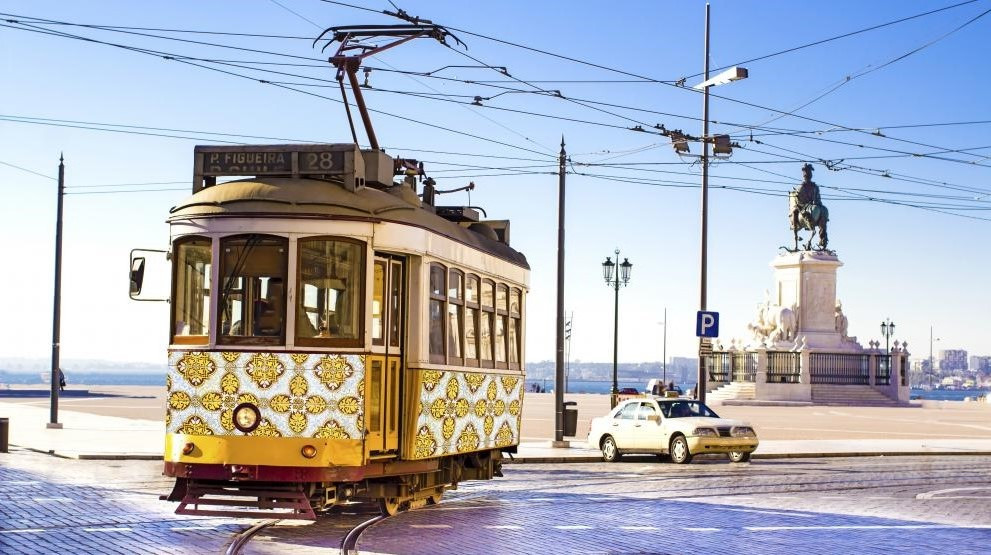
The transport system in Lisbon operates on good level thanks to interesting engineering solutions and modern technology. Despite the difficult geological conditions, residents of the Portuguese capital, and seven million tourists who come here every year, have a wide choice: underground, vintage but manoeuvrable trams, buses and even comfortable fun-to-drive convertibles. However, the symbols of the city and favourites of all guests are funicular railways that are referred to as "calçada". Plying steep road routes, they connect the centre, in particular, the Baixa and inaccessible surroundings with their magnificent viewing platforms allowing visitors to enjoy a glimpse of Lisbon’s heartland. And as a bonus, the vertical elevator of Santa Justa is a must-visit place marked with long queue of tourists.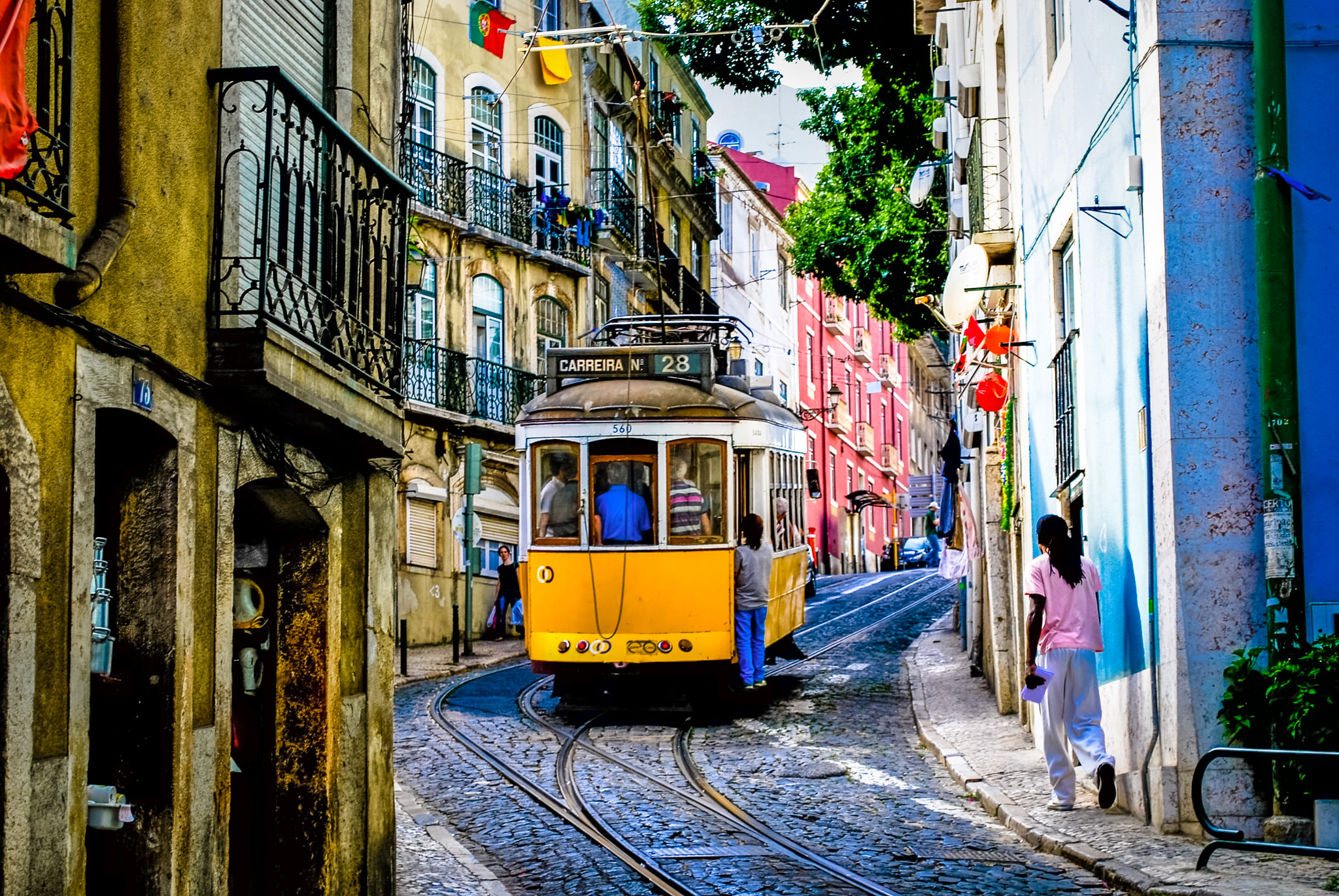 Photo umapernaatrasdaoutra.wordpress.com
Photo umapernaatrasdaoutra.wordpress.com
All these sites were classified as National Monuments in 2002, they are part of public transportation system, so they can be used with Lisboa Card tickets, or separate tickets. Depending on this, the cost of a trip varies from 1.20 to 1.45 euros. The views during the ascent, unusual sides of attractions and the atmosphere inside the carriages fully justifies this price.
Ascensor da Glória
The most popular a funicular railway line in Lisbon annually transports approximately three million passengers, that means every second tourist uses it. The whole journey is 265 meters long, which seems to be shot, but an axis that slopes 17 degrees can excite any daredevil who has decided to take a walk up. Calçada da Glória connects the central avenue Avenida da Liberdade with the Bairro Alto quarter, where you can wander through the narrow streets and admire the ancient buildings, several churches and São Pedro de Alcântara Belvedere. The trip takes about three minutes, during which passengers try to take pictures, put their heads through open windows, and carefully inspect the wooden interior of the carriage. The Gloria Funicular has been working tirelessly since 1885. Initially, it was propelled by a water-powered counterweight system, then replaced with a steam-powered mechanism, and in 1915 the operation was electrified. The ideological inspirer and creator of calçada Raoul Mesnier who, by the way, is also the author of the Santa Justa elevator. Photo visitlisboa.com
Photo visitlisboa.com
Elevador da Bica
The iconic yellow and white trains climb up the slope connecting São Paulo Street to Calhariz Square and attracting tourists being the city’s most picturesque route. The sights presented along are fascinating, the rout passes just a few meters away from the old houses decorated with the famous blue azulejo tiles. Also, nearby one can see dozens of ropes with drying laundry, thus plunging a visitor into a cosy, true Lisbon ambience. The route to Lisbon’s stunning sights takes about four minutes, but you want it to last longer as there is a feeling that this is not a calçada but a real time machine, taking you to the end of the nineteenth century. Biсa has seen much during its more than 120-year history: a few serious damages, and many years of remaining idle, and even talks of a possible closure of the facility. Nevertheless, it went through all that with dignity and goes on operating to everyone’s delight.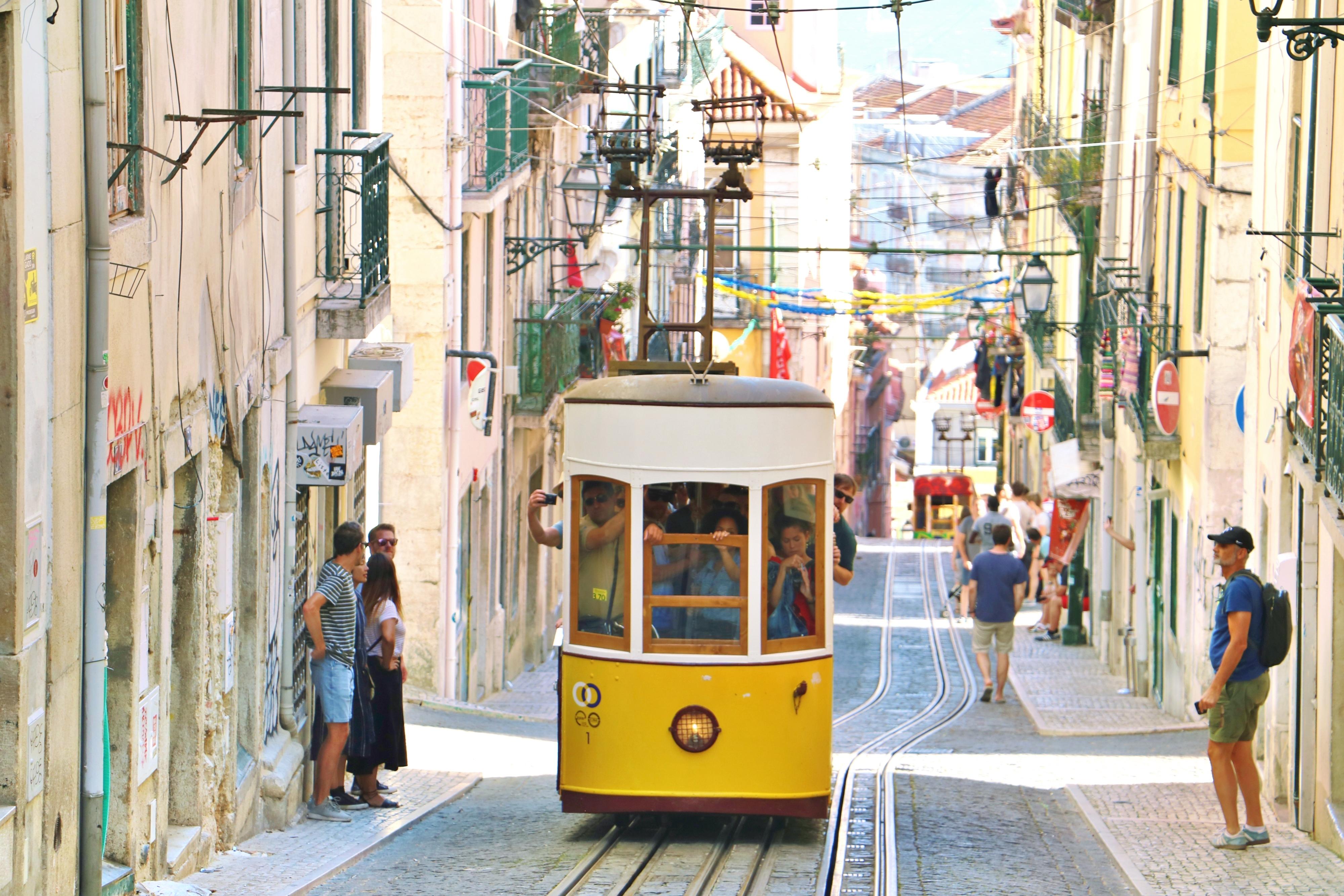 Photo trip.com
Photo trip.com
Ascensor do Lavra
The oldest funicular not only in Lisbon, but also in the world was inaugurated on April 19, 1884. It is located almost opposite the Gloria and the route runs from the square Largo da Anunciada to Torel area. With the length of 188 meters, the Lavra funicular is the shortest among all Portuguese calçadas, but at the same time it is the steepest: slope is 23 degrees. In 2011 it was closed for renovation, which is due city residents’ requirements had to be finished in record time. As a result, a few months later the yellow trains ran on rails, thus facilitating life of inhabitants of the hills. Passengers arrive at the top station, immediately get into the quiet centre of the capital, where, in addition to all sorts of monuments of architecture, it is possible to enjoy the tranquillity and relax from the hustle and bustle of Baixa.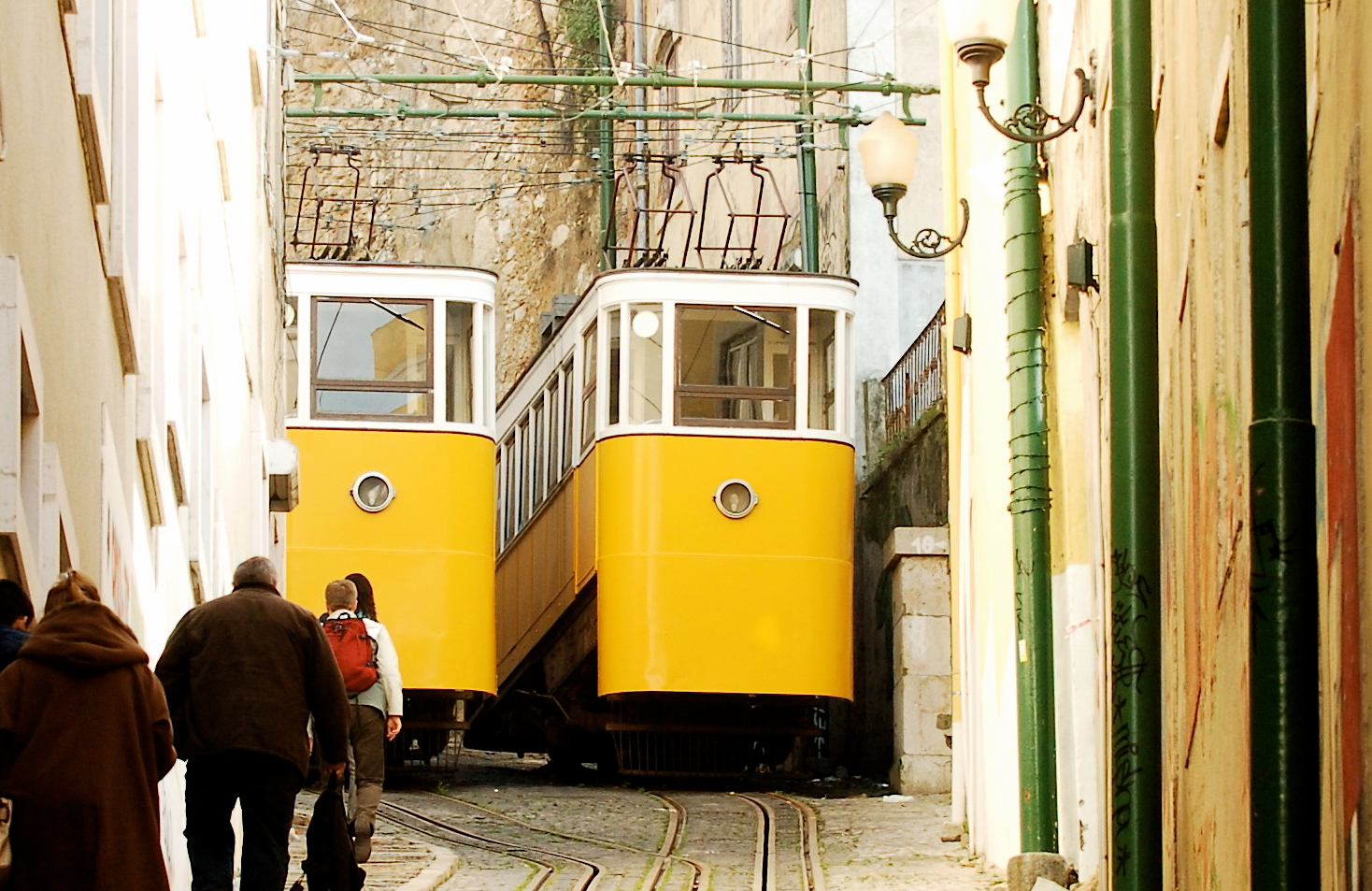 Photo en.wikipedia.org
Photo en.wikipedia.org
Elavador de Santa Justa
Famous worldwide Elevador de Santa Justa, designed by Raoul Mesnier in Neo-Gothic style, in addition to purely aesthetic, yet fulfils important practical function connecting the streets Rua do Ouro and Rua do Carmo with the square of Largo do Carmo. It was built during the decade from 1892 to 1902. The same as funiculars, originally, its traction system made use of steam engines, and only then it was electrified. The main bonus of the top stations is fantastic viewing platform, which is the best spot to get a panoramic view of the entire city and the Tagus River. Your contemplating moments at the top can last for a few hours, the famous red roofs of Lisbon houses will remain in your memory forever. The 45 meters high elevator accommodates 29 people: 19 of them are sitting, and the rest are standing. Its carriages, decorated with mirrors, wood and enriched with filigree details, are no less fascinating than the views, so when you reach the top, don’t forget to come out. A popular legend associated with the elevator, has it that it was built by Gustave Eiffel personally, though this myth was debunked a hundred times, but like any other legend, yet it continues to live. A tourist tip associated with elevator: to get to the upper stop, no need to buy a ticket for the Santa Justa. If you are strong enough, you can get there on foot from Piazza Carmo.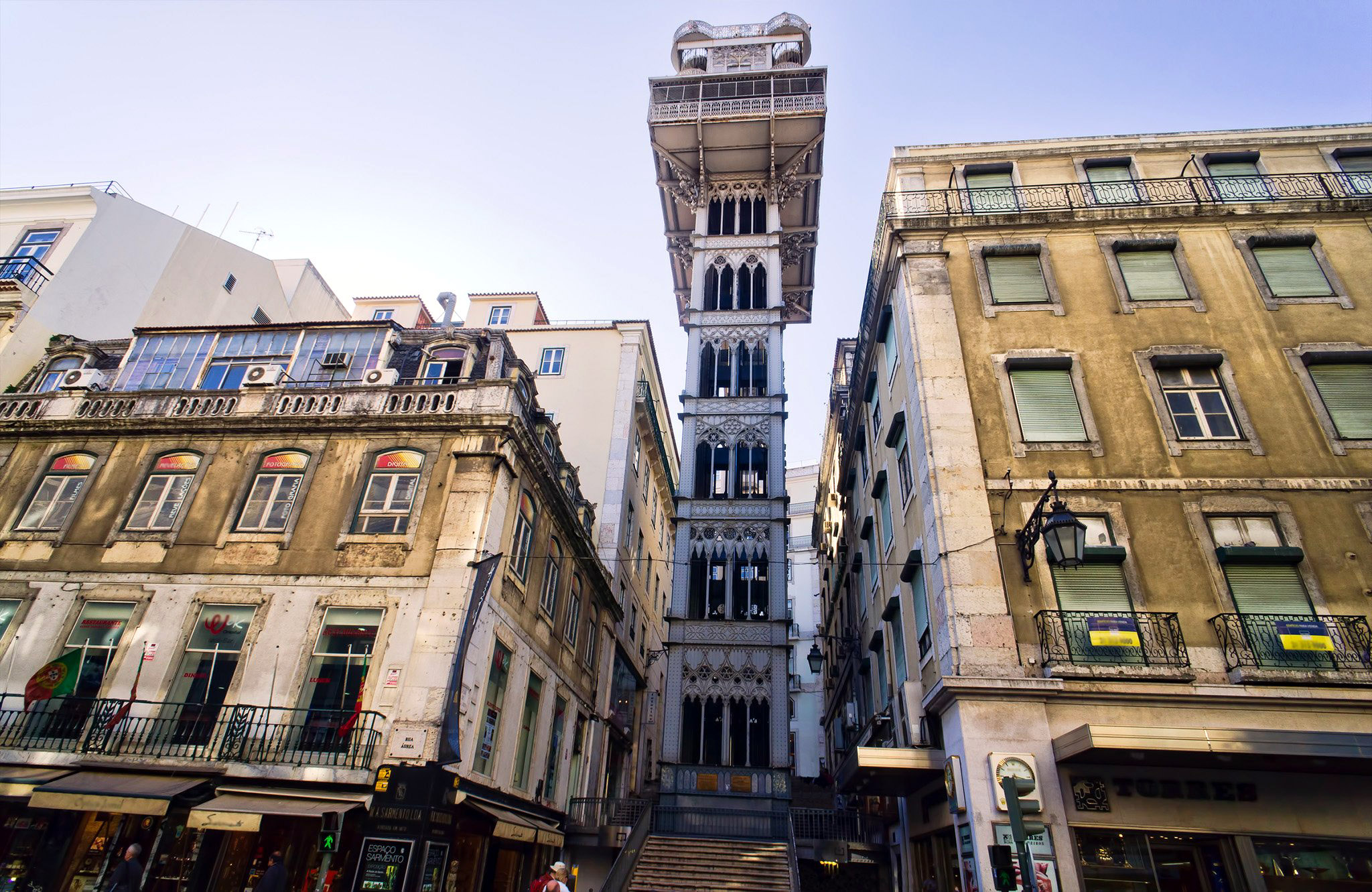 Photo orangesmile.com
Photo orangesmile.com
Cover photo mylisbonholidays.com





















